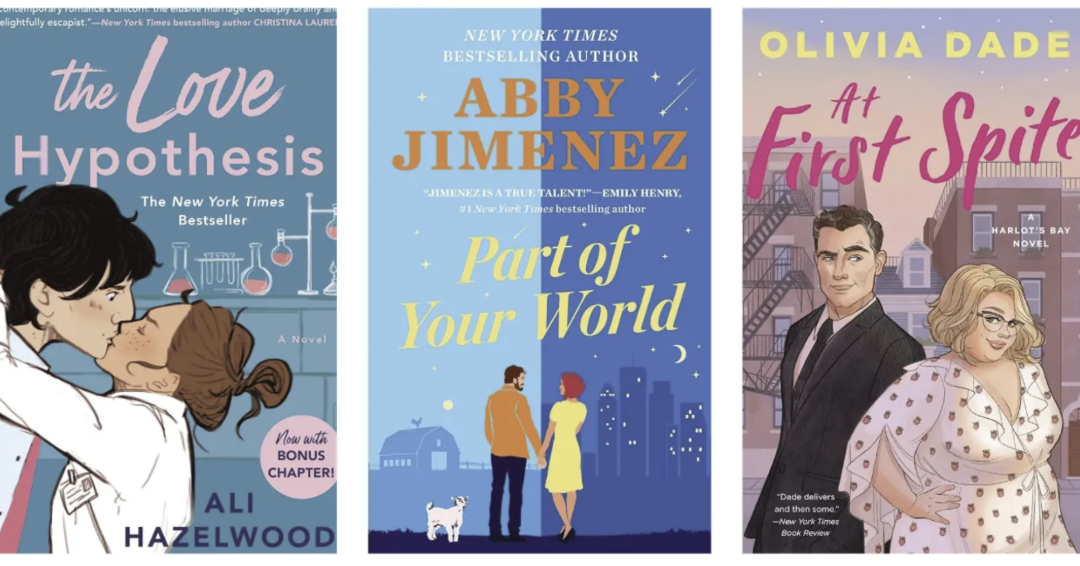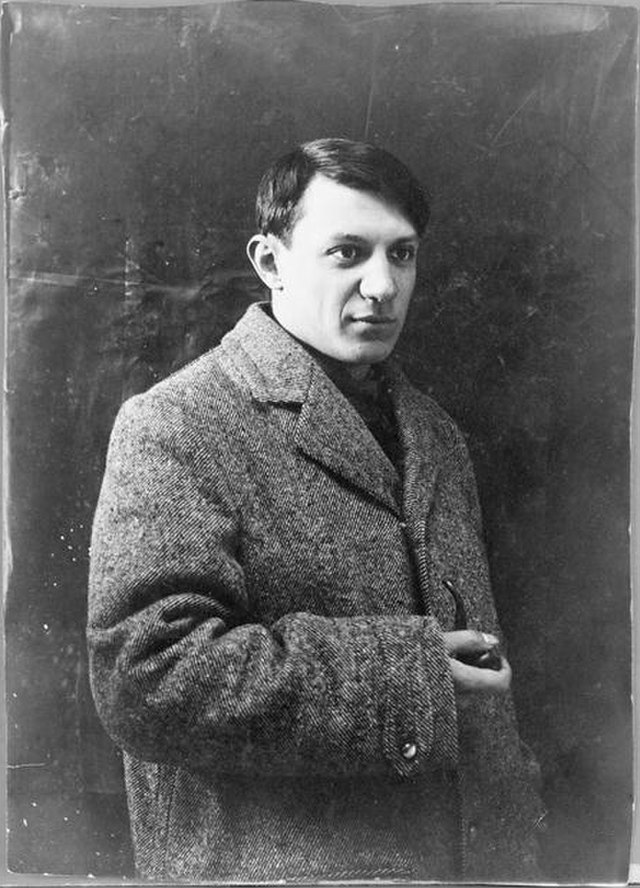By Anna Trevathan, Managing Editor
While working in a bookstore, romance books were easily the items I sold the most. Between teenage girls looking for butterflies, and grown women looking for stable men (even if they’re fictional), it felt like such an easy sell. I found that, in romance, there are substories suitable for everyone.
However, throughout this time, I was unable to sell these books to men. I tried various marketing tactics, such as showing off queer romance stories, or even discussing how these stories can serve as a learning tool to assist in understanding the way women think. Regardless, I found it an impossible task.
It was as though romance, as a genre, was being treated as a dirty outsider in the book world… which was especially interesting given the rise of “Booktok” communities on social media that have taken over.
A large issue that I felt contributed to the immediate bias was cartoon covers.
The popular shift to cartoon book covers for romance novels, in my opinion, is the worst thing to happen to women’s literature since shirtless cowboys. When women pick up a cover like this, they automatically assume that there is an audience the book is catering to. That maybe they’re “too old” by societal standards to read a romance book with a barn and a goat on the cover.
Books with these covers are getting misplaced in Targets across America because they look like young adult books. It’s an insult to the women whose work is beneath those covers, and to the women reading them.

Olive Smith, our female lead in The Love Hypothesis by Ali Hazelwood, is 26 years old and pursuing a Ph.D. in a STEM field. Outside of the featured romance in this book, she is battling sexism in predominantly male classrooms. She is also battling imposter syndrome and fighting to prove her potential as a researcher. However, outside of being in a lab with pink bottles and wearing a lab coat, all potential readers see on the cover is a blushing girl with freckles and a messy bun kissing some guy on the cover.
It begs the question of why we are using cartoon covers to market stories like this to women. I have two theories.
One: safety.
Women are constantly being watched, regardless of what they’re doing or where they’re going. The bodice ripper type of romance covers (Harlequin books, as an example) don’t leave what you’re reading to the imagination at all. There is no secrecy on a subway car full of strangers.
It’s dehumanizing to worry about the cover of books you carry around, but is there anything not dehumanizing about being a woman anyway?
Two: disrespect.
As a genre, romance has never been treated with as much respect as other literary genres. Horror/Thriller novels are taken seriously, in contrast. These novels, typically by male authors like Stephen King and Bram Stoker, are celebrated for their cultural commentary and analyzed in academic spheres as well. Romance is dismissed in these spheres as frivolous reading.
This is because romance caters unapologetically to women; it caters to fantasy, playfulness, and escapism in a way that lets women be more than what society allows them to be.
These covers serve as a reminder to women that, yes, we’re reading. However, we’re reading romance with AI generated women on the covers. We’re reading books where the woman in the lab coat has to be blushing. The books where the plus size woman has to have a skinny tall partner, and has some required cleavage.
Cartoon covers have become a shortcut, a way to sanitize stories that are rich, raw, and human. Women’s literature deserves better treatment than being vaguely disguised as juvenile light reading. These covers may be cartoony, but the consequences are real.






